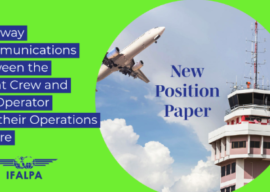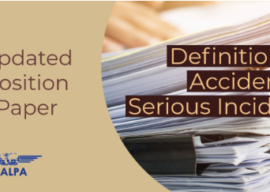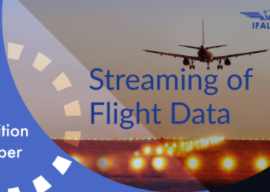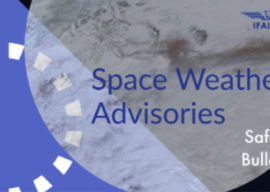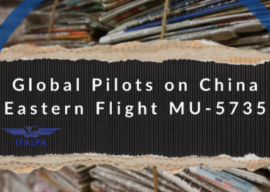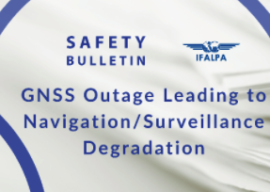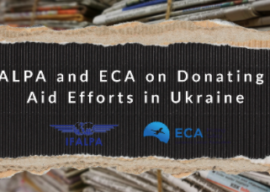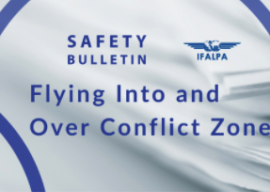
Position Paper IFALPA: Two-way Communications between the Flight Crew and the Operator and their Operations Centre
18 May 2022 - Many of the commercial transport aircraft have two-way communications between the flight crew and their operator and Operational Control Centre (OCC). One such system is the Aircraft Communications Addressing and Reporting System (ACARS) which enables the exchange of messages between the flight crew and their maintenance departments and airline dispatch while in flight. There are other ways such as Satellite communication via the SAT Phone and onboard WIFI as well as HF or additional VHF (...)
Position Paper IFALPA: Definition of Accident and Serious Incident
12 May 2022 - This paper outlines IFALPA's position that there are events outside the current scope of accidents and serious incidents that warrant investigations to establish lessons learned and improve aviation safety (...)
Position Paper: Streaming of Flight Data
9 May 2022 - IFALPA and ECA strongly support initiatives to improve search and rescue operations and the recovery of flight data recorders. However, they believe that the streaming of flight recorder data, other than as needed to track the location of an aircraft in distress, could introduce an unacceptable risk to the integrity of flight safety investigations. This is due to the possibility for such data to be compromised during transmission and storage (...)
Safety Bulletin IFALPA: Mexico City International Airport (MMMX)
4 May 2022 - Mexico City International airport was declared as over capacity in 2014. As a result, the Santa Lucia Military Airbase (MMSM) has been developed into a mixed civil/military airport for simultaneous operations between MMMX and MMSM. MMSM opened 21 March 2022.
Safety Bulletin IFALPA: Space Weather Advisories
21 April 2022 - ICAO Annex 3, Chapter 9 provides detailed Standards and Recommended Practices for Meteorological information to be supplied to operators and flight crew members for preflight planning, inflight replanning, use by flight crew members before departure, and aircraft in flight.
Safety Bulletin IFALPA: Identifying Waypoints
23 March 2022 - Recently, an IFALPA pilot experienced what could have resulted in a navigational error after exiting the North Atlantic Oceanic airspace, headed eastbound. Pilots should maintain awareness that occasionally there may be Waypoints (WPs), intersections, fixes that are pronounced similarly, but spelled differently.
Press Release IFALPA : Global Pilots on China Eastern Flight MU-5735
21 March 2022 – The International Federation of Air Line Pilots’ Associations (IFALPA) is closely monitoring the developments related to this morning’s accident of China Eastern Flight MU-5735. The Boeing 737-800 apparently impacted the ground in a mountainous region of the Guangxi province, southwest of Wuzhou, whilst enroute from Kunming to Guangzhou (...)
Safety Bulletin IFALPA: GNSS Outage Leading to Navigation/Surveillance Degradation
17 March 2022 - The European Union Aviation Safety Agency (EASA) has issued the attached safety bulletin. Please review and share where applicable.
Joint Statement IFALPA and ECA on Donating to Aid Efforts in Ukraine
17 March 2022 – As the situation in Eastern Europe continues to deteriorate, many of our Member Associations and individual pilots have generously reached out to us, looking for guidance on how to support the pilot community in Ukraine.
Safety Bulletin IFALPA: Flying Into and Over Conflict Zones
16 March 2022 - As the war in Ukraine continues, the Federation is receiving worrying reports of military and non-military projectiles crossing FIRs adjacent to Ukrainian airspace. The latest event involved a UAS-type projectile crashing in the outskirts of Zagreb on 12 March, after flying through both the Bucharest and the Budapest FIRs.

